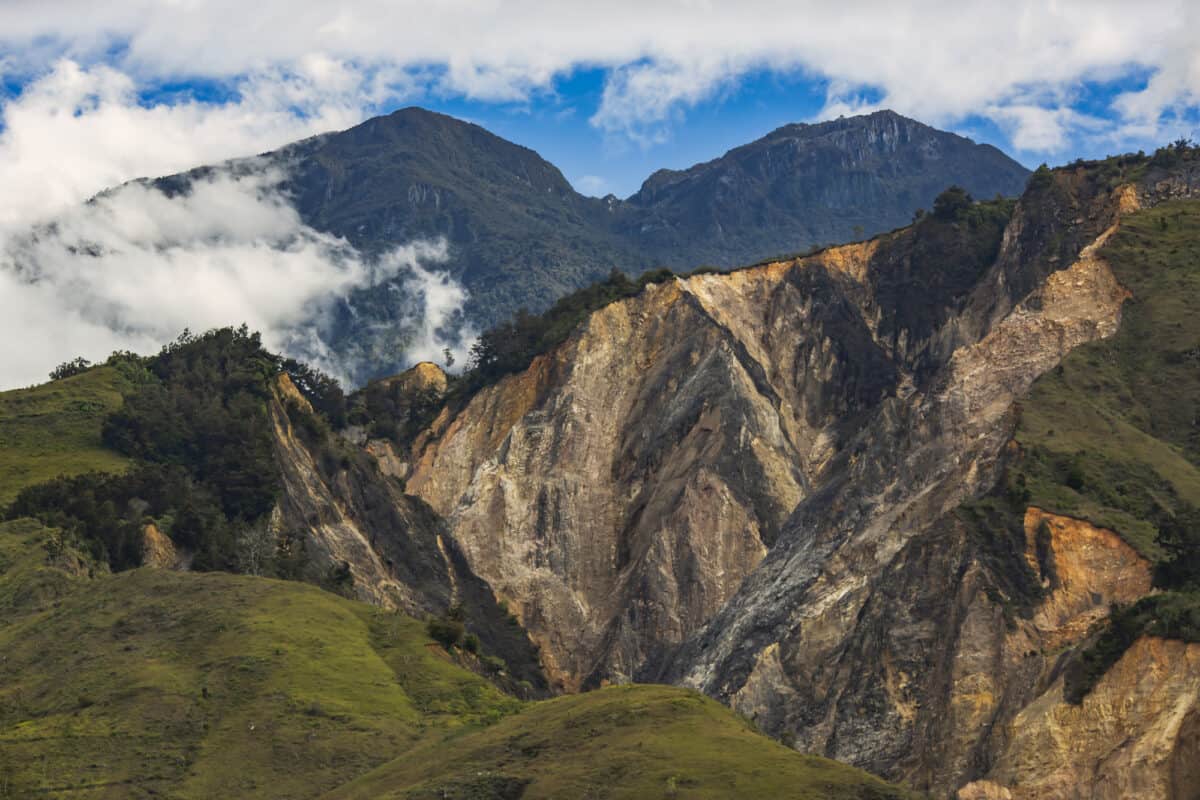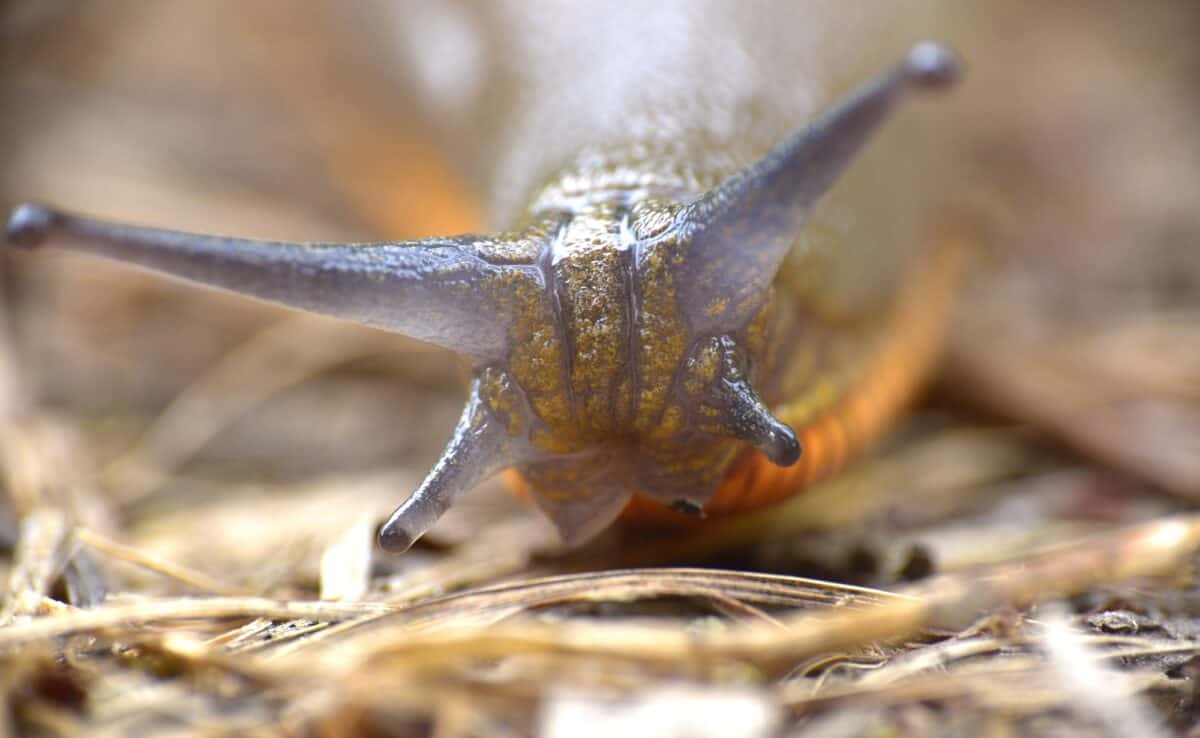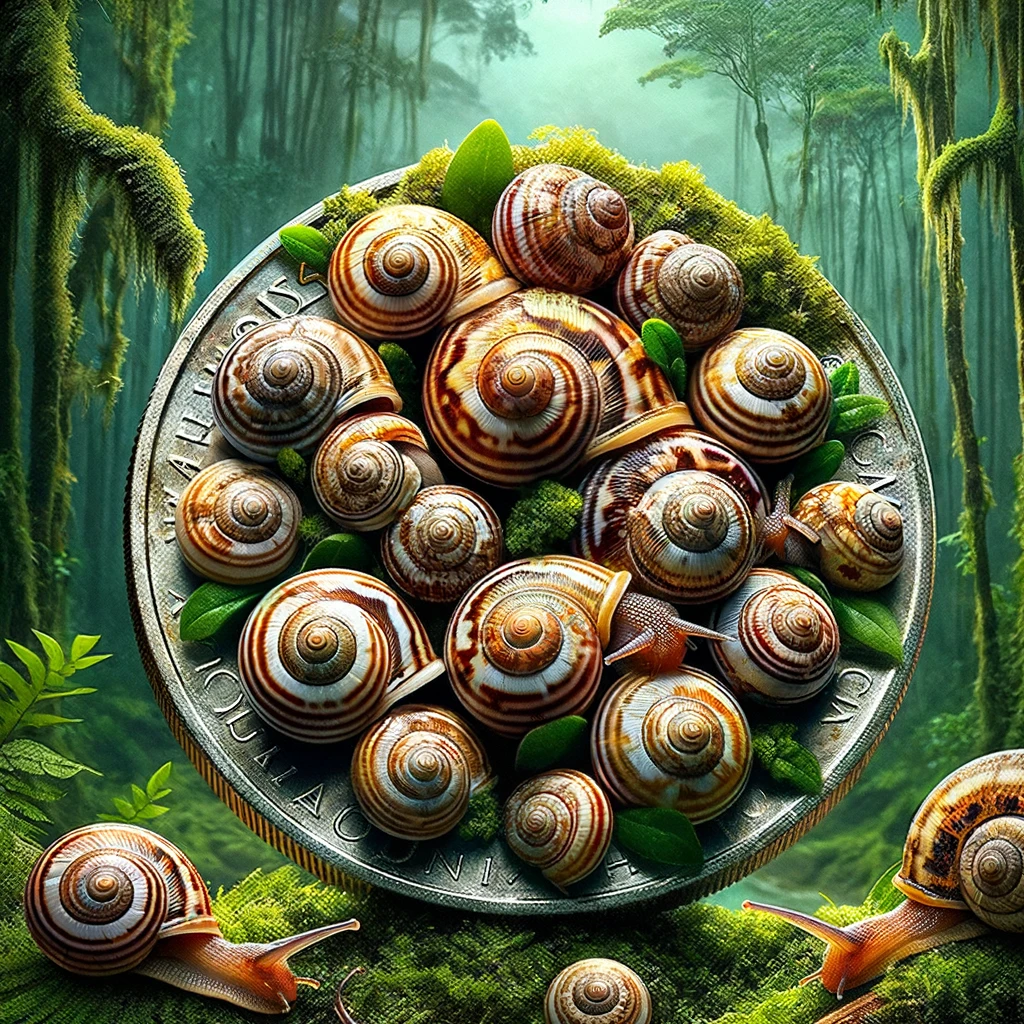The recent discovery of nine new species of carnivorous land snails in the remote forests of Papua New Guinea has sparked significant interest in the scientific community and emphasized the island’s status as a biodiversity hotspot. This discovery, led by John Slapcinsky of the Florida Museum’s invertebrate zoology collection, showcases the unique and largely unexplored biodiversity of Papua New Guinea, which, despite covering less than 1% of Earth’s land area, harbors about 5% of its biodiversity.
Nine New Sail Species
The nine new snail species, which can all fit together on a U.S. nickel, were found in areas still rich in native vegetation, highlighting the richness and vulnerability of the ecosystems they inhabit. These findings were part of a larger effort that involved painstaking exploration and collection of over 19,000 snail specimens from more than 200 sites across Papua New Guinea, emphasizing the region’s high biodiversity and the critical need for its conservation.
The Challenge of Exploration and Discovery

Reaching the isolated forests where these new snail species were discovered required researchers to navigate steep mountains and dense rainforests, highlighting the challenges faced in documenting the island’s biodiversity. This effort underscores the importance of protecting these habitats from threats such as deforestation and habitat destruction.
Unique Characteristics of the New Snail Species
The newly discovered snails belong to the genus Torresiropa and exhibit diverse and striking features, such as tightly coiled, Frisbee-shaped shells with various shades of brown and tan, some adorned with attractive gold or brown flamelike bands. Their predatory nature, inferred from their dagger-shaped teeth, adds to the intrigue surrounding these species, although their exact diet remains a mystery.
Conservation Implications

The discovery of the new snail species not only adds to our understanding of Papua New Guinea’s rich biodiversity but also highlights the pressing need for conservation efforts to protect these unique ecosystems. With only 31% of the snail species surveyed previously known to science, the potential for further discoveries is vast, underscoring the importance of habitat preservation.
Toward a Sustainable Future
The work of Slapcinsky and his team not only sheds light on the hidden biodiversity of Papua New Guinea but also serves as a call to action for the conservation of its unique ecosystems. As the world faces increasing biodiversity loss, discoveries like these emphasize the need for sustained efforts to protect and study the planet’s remaining wild places.
What do you think about the new snail species? Leave a comment below.
Thank you for following along with this article – Nine Snail Species Discovered in Papua New Guinea
You may also like:
- In the Slow Lane: Dissecting the Crawl of Snails
- Crazy Parasite Worms Turn Snails Into Disco Zombies
- Discover the World’s Largest Land Snail
- A Lethal Invertebrate: The Cone Snail Bite
Join our Forum for free today!

- Shocking Survey Results of only 718 Snow Leopards Identified in India - July 18, 2024
- Do Octopuses Punch Fish For No Reason? - July 5, 2024
- Brave Farm Animals Save Chicken Friend FromHawk - June 30, 2024

